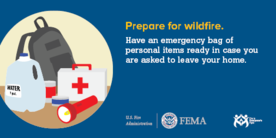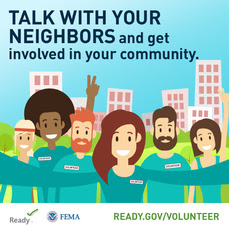As communities throughout the United States are faced with WildFires, this courtesy of FEMA is critical to embrace:
| ||||||||||||
| ||||||||||||
|






No comments:
Post a Comment